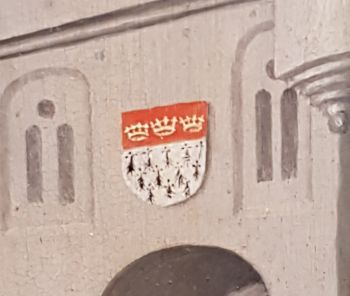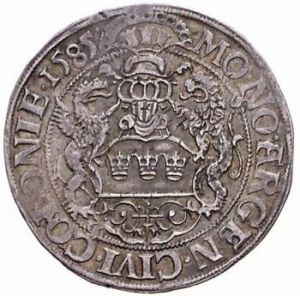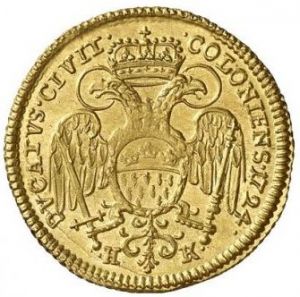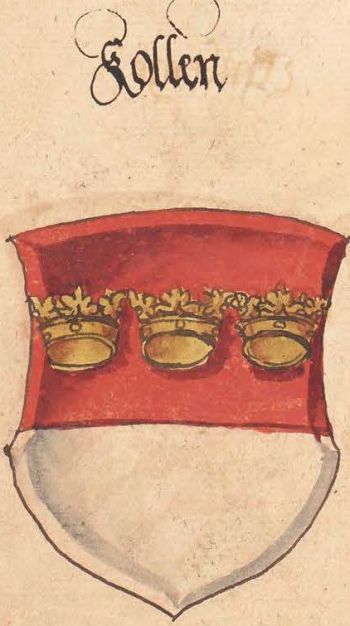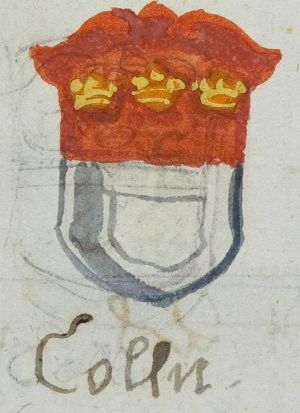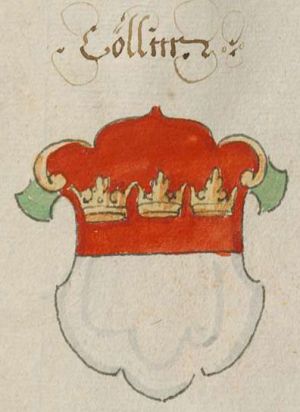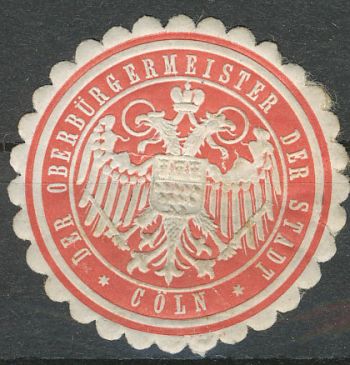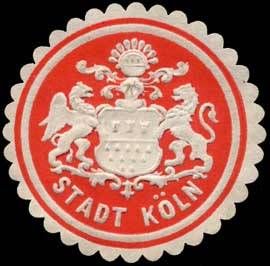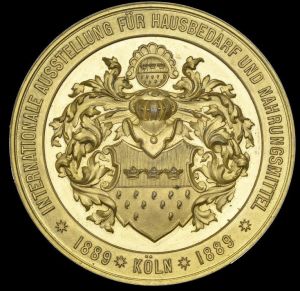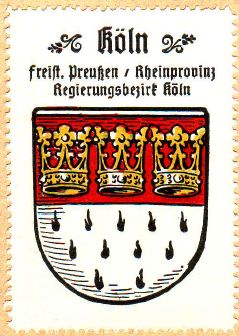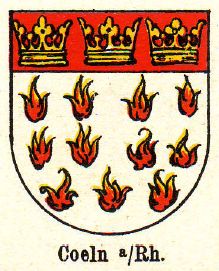Köln
This page is part of the German heraldry portal Deutsche Wappensammlung |
Heraldry of the World |
|
German heraldry:
|
Selected collector's items from Germany:
|
KÖLN
State : Nordrhein-Westfalen
Urban District (Kreisfreie Stadt) : Köln
Additions : 1888 Bayenthal, Bickendorf, Bilderstöckchen, Bocklemünd, Braunsfeld, Deutz, Ehrenfeld, Heimersdorf, Humboldt, Kalk, Klettenberg, Kriel, Lindenthal, Lindweiler, Marienburg, Mauenheim, Müngersdorf, Neuehrenfeld, Niehl, Nippes, Ossendorf, Poll, Raderberg, Raderthal, Riehl, Vogelsang, Volkhoven, Weidenpesch, Zollstock; 1914 Brück, Buchforst, Buchheim, Dellbrück, Dünnwald, Flittard, Höhenhaus, Holweide, Merheim, Mülheim am Rhein, Ostheim, Rath, Stammheim, 1922 Chorweiler, Fühlingen, Merkenich, Roggendorf/Thenhoven, Seeberg, Worringen, 1975 Eil, Elsdorf, Ensen, Esch/Auweiler, Godorf, Gremberghoven, Grengel, Hahnwald, Immendorf, Junkersdorf, Langel, Libur, Lind, Lövenich, Meschenich, Pesch, Porz, Rodenkirchen, Sürth, Urbach, Wahn, Wahnheide, Weiden, Weiss, Westhoven, Widdersdorf, Zündorf; 1989 Blumenberg; 1993 Neubrück
Official blazon
- (de) *(de) Ein golden nimbierter, golden bewehrter, rot gezungter schwarzer Doppeladler mit silbernem Schwert und goldenem Zepter in den Fängen, über den Köpfen schwebend eine goldene Kaiserkrone; im Brustschild unter rotem Schildhaupt, darin nebeneinander drei goldene Kronen, in Silber 11 schwarze Flammen im Verhältnis 5:4:2.
- (en) A double-headed eagle sable, holoed Or, armed, beaked and membered gules, in the claws a sword Argent and a sceptre Or, between the heads an imperial crown couped Or; charged with a breast shield: a chief gules, charged with three crowns Or, Argent, 11 flames sable in ratio 5:4:2.
Origin/meaning
Köln (Cologne) was one of the most important towns in Germany. It got city rights early in the 12th century. The oldest seals, dating from 1149, only showed St. Peter, the patron saint of the city. The saint itself, nor its symbol, two crossed keys, appeared in the arms of the city itself. They do appear, together with a black cross, the symbol of the State of Köln, in many civic arms around the city (see f.e. Xanten).
The three crowns, symbolising the three Holy Kings, first appeared in 1315, in a chief above a silver shield. Relics of the Three Kings were taken to the city in 1164 by Emperor Friedrich Barbarossa. Later (around 1500) the shield was 'filled' with ermine. Officially there are 11 ermine tails, symbolising the 11.000 virgins of Saint Ursula. As St. Ursula was a princess of Bretagne (Brittany) the virgins were depicted as ermine tails. The arms of Brittany are a plain shield of ermine.
| The arms on a painting from 1481 (Groeningemuseum, Brugge) |
The original description in the legend of St. Ursula read XI m. virg. This has to be translated as 11 martyred virgins, not as 11.000 (M for 1000) virgins...
The colours of the shield are the colours of the Hanseatic league, the major league of merchant cities in the early Middle Ages. Köln was a founding member of the league.
The Imperial Eagle was granted in the 15th century and symbolised the rank of free imperial city. The arms were granted in 1817 and confirmed in 1897.
| The arms on a 1585 coin |
The arms on a 1724 coin |
| The arms in a manuscript from 1565 |
The arms in a 16th century manuscript |
| The arms in a 17th century manuscript | |
| The arms on a token, 1790s |
The arms granted by Napoleon I |
| Seal from around 1900 |
Seal from around 1900 |
| The arms on a medal (1889) |
The arms by Hupp in the Kaffee Hag albums +/- 1925 |
| The arms as shown around 1900 |
The arms as shown around 1900 |
| The arms in the city (source) |
Contact and Support
Partners:
Your logo here ?
Contact us
© since 1995, Heraldry of the World, Ralf Hartemink 
Index of the site
Literature : Stadler, 1964-1971, 8 volumes. Nagel, Rolf: Rheinisches Wappenbuch. Rheinland-Verlag, Köln 1986; S. 119 ISBN 3-7927-0816-7



